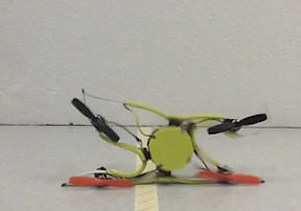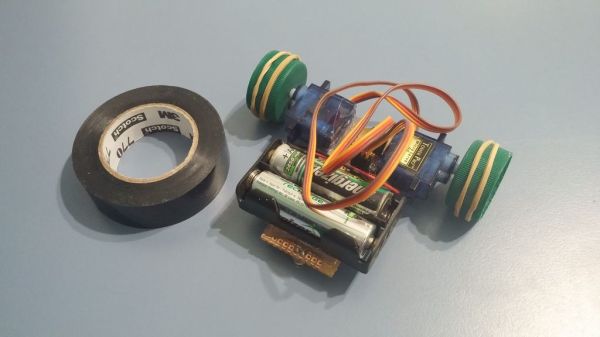[Nils Ferber] is a product designer from Germany. His portfolio includes everything from kitchen appliances to backpacks. One project, though, has generated a bit of attention. It’s a micro wind turbine aimed at long distance hikers.
Even on the trail, electronics have become a necessity. From GPS units to satellite phones, to ebook readers. Carrying extra batteries means more pack weight, so many hikers utilize solar panels. The problem is that when the sun is up, hikers are on the move – not very conducive to deploying a solar array. The Wind, however, blows all through the night.
[Nils] used carbon fiber tube, ripstop nylon, and techniques more often found in kite building to create his device. The turbine starts as a small cylindrical pack. Deploying it takes only a few minutes of opening panels and rigging guy wires. Once deployed, the turbine is ready to go.
While this is just a prototype, [Nils] claims it generates 5 Watts at a wind speed of 18 km/h, which can be used to charge internal batteries, or sent directly to any USB device. That seems a bit low for such a stiff wind, but again, this is just a prototype. Could you do better? Tell us in the comments! If you’re looking for a DIY wind generator on a slightly larger scale, you could just build one from bike parts.



 ask yourself while picking up the pieces of you shiny new quad off the ground… “they made these things out of flexible material?”
ask yourself while picking up the pieces of you shiny new quad off the ground… “they made these things out of flexible material?”













